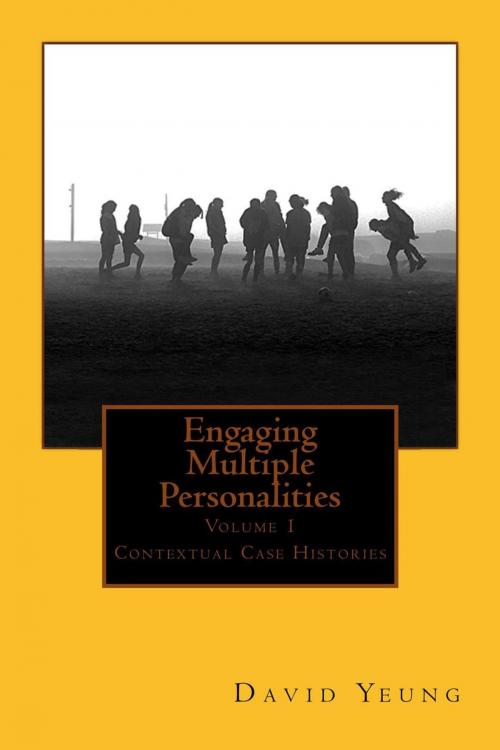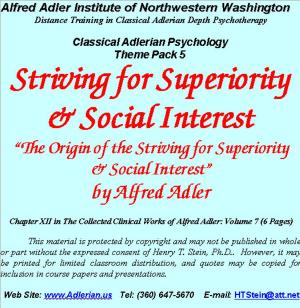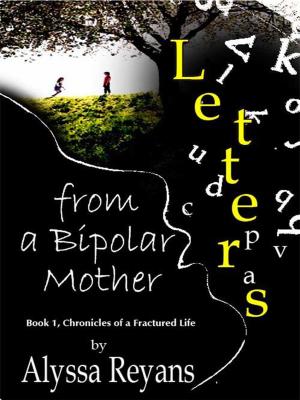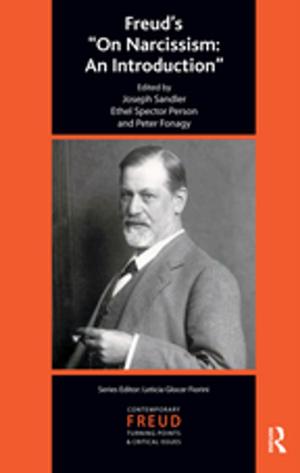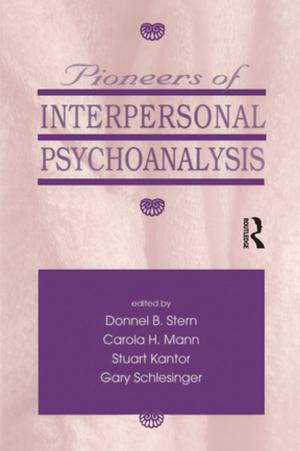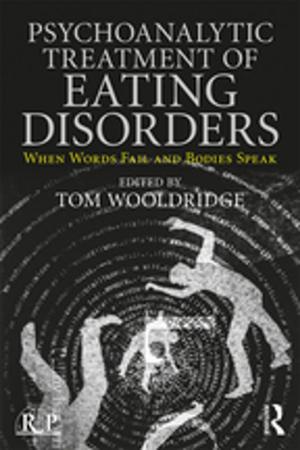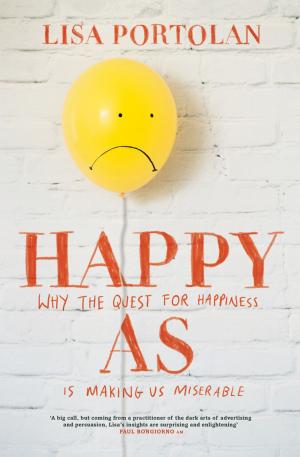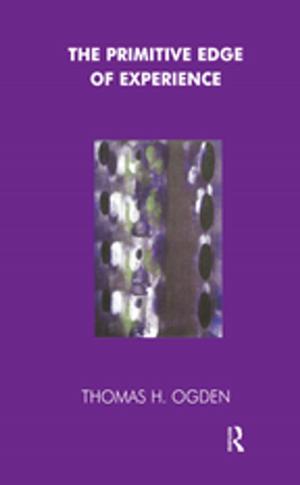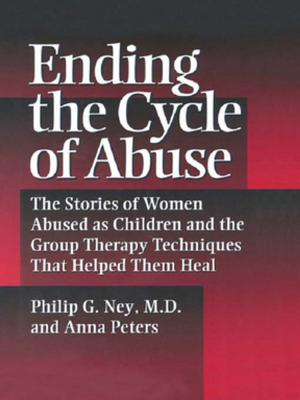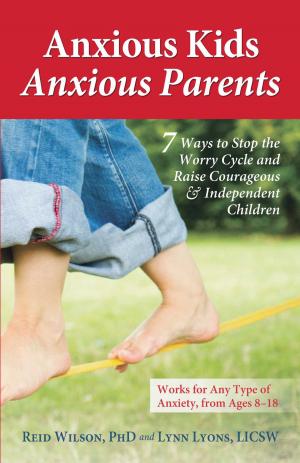Engaging Multiple Personalities Volume 1: Contextual Case Histories
Engaging Multiple Personalities, #1
Nonfiction, Health & Well Being, Psychology, Mental Illness, Clinical Psychology, Mental Health| Author: | David Yeung | ISBN: | 9781386419785 |
| Publisher: | David Yeung | Publication: | March 18, 2018 |
| Imprint: | Language: | English |
| Author: | David Yeung |
| ISBN: | 9781386419785 |
| Publisher: | David Yeung |
| Publication: | March 18, 2018 |
| Imprint: | |
| Language: | English |
The general public is bewildered and fascinated by Multiple Personality Disorder/Dissociative Identity Disorder. Through books, television and movies, a distorted view of DID is often presented. While it may make for good entertainment, it fails to truly present the depth and intensity of the inherent trauma. Outside the ordinary day-to-day life experience of most people, it is hard to understand.
Ignoring past trauma simply will not help a patient.
In his psychiatric practice, the author encountered a number of his patients' alters face-to-face. He found that the most effective course of therapy was to engage them directly.
Talking to alters is a strange, serious and ultimately compelling experience. They are not real according to our customary definitions, but neither are they false or fake. They are survivors of childhood abuse, present in shared flesh and blood.
The author discusses the phenomenon of DID through case histories, and how it manifests clinically. Most important, he elucidates techniques necessary to help these traumatized patients heal. DID patients can successfully engage in and profit from therapy. By processing the impact of their past traumatic memory, they may reclaim their present.
The general public is bewildered and fascinated by Multiple Personality Disorder/Dissociative Identity Disorder. Through books, television and movies, a distorted view of DID is often presented. While it may make for good entertainment, it fails to truly present the depth and intensity of the inherent trauma. Outside the ordinary day-to-day life experience of most people, it is hard to understand.
Ignoring past trauma simply will not help a patient.
In his psychiatric practice, the author encountered a number of his patients' alters face-to-face. He found that the most effective course of therapy was to engage them directly.
Talking to alters is a strange, serious and ultimately compelling experience. They are not real according to our customary definitions, but neither are they false or fake. They are survivors of childhood abuse, present in shared flesh and blood.
The author discusses the phenomenon of DID through case histories, and how it manifests clinically. Most important, he elucidates techniques necessary to help these traumatized patients heal. DID patients can successfully engage in and profit from therapy. By processing the impact of their past traumatic memory, they may reclaim their present.
